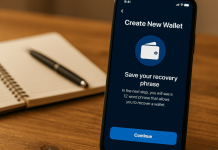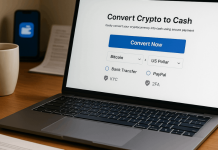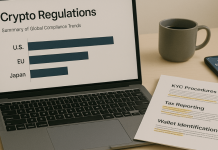Here, we explore practical, up-to-date measures to build a secure cyber ecosystem and safeguard your digital assets.
Digital assets—ranging from bank accounts and crypto holdings to sensitive documents and intellectual property—are under constant threat.
In 2025, both individuals and organizations must adopt robust strategies to protect these invaluable assets.
Understand Your Assets and Risks
Start with identifying what you own and where you are most vulnerable. Catalog data, devices, and systems critical to your personal or business operations.
Personal: bank accounts, cryptocurrency wallets, cloud-stored photographs, email credentials.
Business: customer databases, intellectual property, email servers, cloud platform credentials.
Performing a risk assessment helps quantify the impact of potential breaches and prioritize security measures accordingly.
Adopt Strong Cyber Hygiene
Use unique, complex passwords or passphrases with a minimum of 12 characters. Rely on reputable password managers to store and autofill credentials securely.
Enabling multi-factor authentication (MFA) across all accounts, especially for email, banking, and cloud platforms.
Keeping all software, operating systems, and apps regularly updated to close known vulnerabilities.
Many organizations are shifting toward passwordless login systems, such as biometrics and passkeys, which provide added security and convenience.
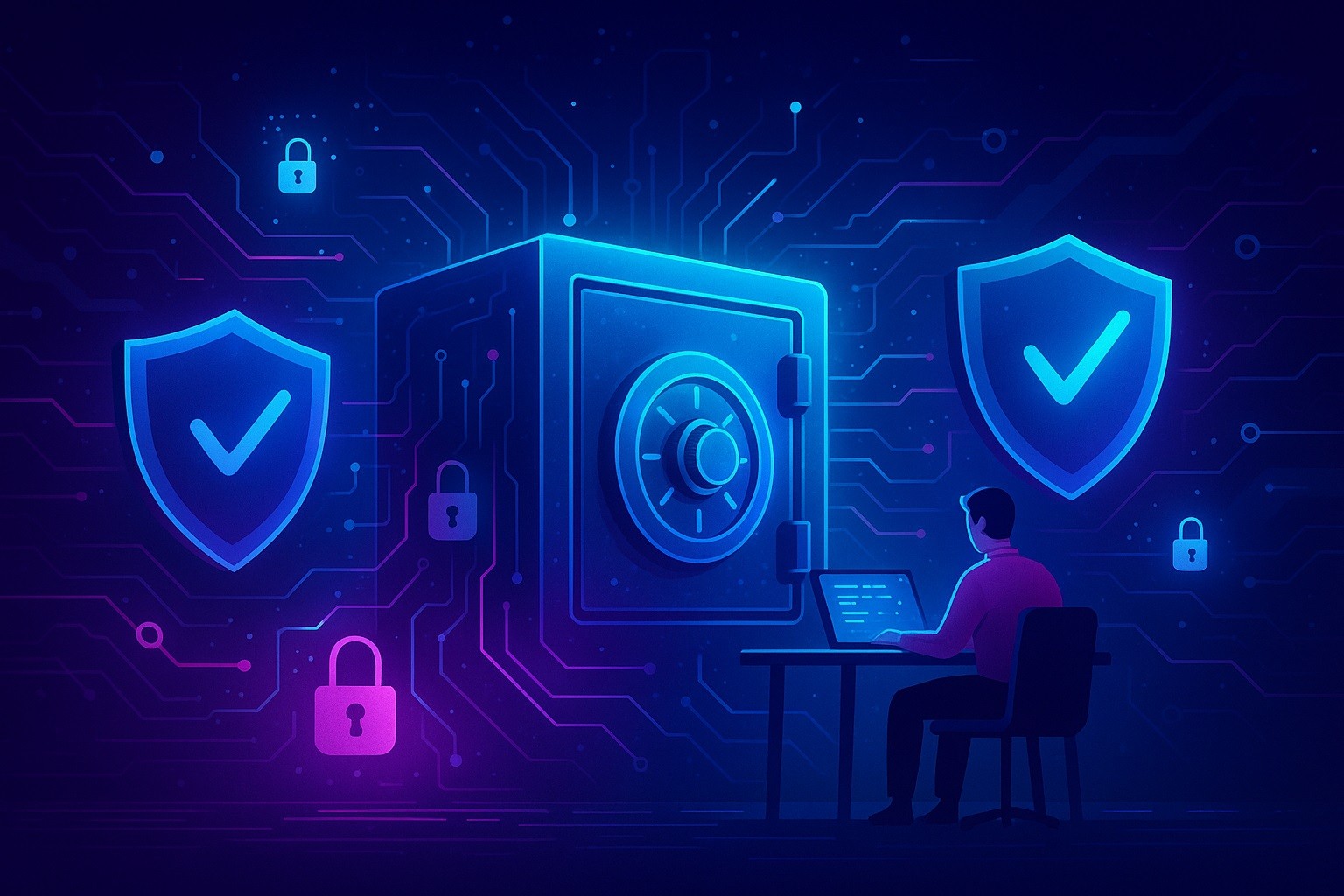
Use Zero-Trust and Strong Access Controls
Zero-trust architecture operates on the principle of “never trust, always verify.” This model emphasizes continuous authentication and device monitoring.
Least-privilege access, where users only have access to the data or systems they need.
Session timeouts and automatic logout for inactive users. Real-time monitoring of access logs and unusual behavior.
This approach is essential for organizations managing sensitive data in cloud-based or remote environments.
Secure Your Crypto and Wallets
Cryptocurrencies require distinct and rigorous protection strategies. Important steps include:
- Using strong, unique passwords for wallets and exchange platforms, combined with MFA.
- Storing assets in cold wallets (hardware or paper) that are offline and disconnected from the internet.
- Encrypting software wallets and keeping multiple backups in secure physical locations.
- To protect against SIM-swap attacks, activate protections with your mobile carrier.
- Each crypto holding should be treated like a digital vault—safe only when carefully guarded.
Encrypt and Tokenize Sensitive Data
Encryption is a non-negotiable element of digital security.
Data should be protected in two states. At rest, stored on hard drives, servers, or cloud storage. In transit, sent over networks and communication channels.
AES-256 encryption is a widely accepted standard. Tokenization is also helpful by replacing sensitive information with randomly generated values.
Encryption keys should be stored separately using hardware security modules or specialized key management solutions.
Back Up Your Data Regularly and Securely
Regular backups are vital to recovery after cyber incidents like ransomware attacks.
Best practices to safeguard your digital assets this way include:
- Encrypting all backup copies.
- Maintaining at least three copies of data: one primary, one local backup, and one off-site or cloud backup.
- Testing backups periodically to confirm restorability.
- Using versioning to retain historical versions of files, which helps recover from unwanted changes or encryption.
- Automated backup solutions can help streamline this process while ensuring reliability.
Monitor and Respond to Threats
Even with strong defenses, monitoring is essential. Set up alerts for suspicious account activity or high-risk transactions.
Review login logs for anomalies, such as unknown devices or locations.
Use antivirus and intrusion detection systems on both personal and business devices.
Having a documented incident response plan ensures quick containment, investigation, and communication in case of a breach.
This plan should be reviewed and updated regularly.
Secure Your Cloud and SaaS Environments
With many services running in the cloud, security misconfigurations have become a leading cause of data leaks.
Logs and usage data from cloud services should be monitored in real time to detect any suspicious behavior.
This includes conducting regular audits of cloud permissions and settings and encrypting data both during transmission and while stored.
Applying MFA to all users, especially those with administrative access, is useful, along with using role-based access controls to limit exposure.
Train, Educate & Build Security Culture
Human error remains one of the most common causes of digital breaches.
Prevent this by offering ongoing training in phishing awareness and secure online behavior.
Simulations and penetration testing evaluate employee preparedness, establishing a security policy that clearly outlines dos and don’ts for all users.
Creating a culture of accountability and security mindfulness can drastically reduce the likelihood of compromise.
Plan for Legal, Compliance & Recovery
Protecting digital assets also means considering legal and compliance requirements.
Prepare digital estate plans to ensure access to your assets in emergencies or after death.
Ensure compliance with data protection regulations relevant to your jurisdiction or industry.
Purchase cyber insurance to cover losses from ransomware, data breaches, or fraud. Keep detailed records of vendor agreements, third-party access, and audit trails.
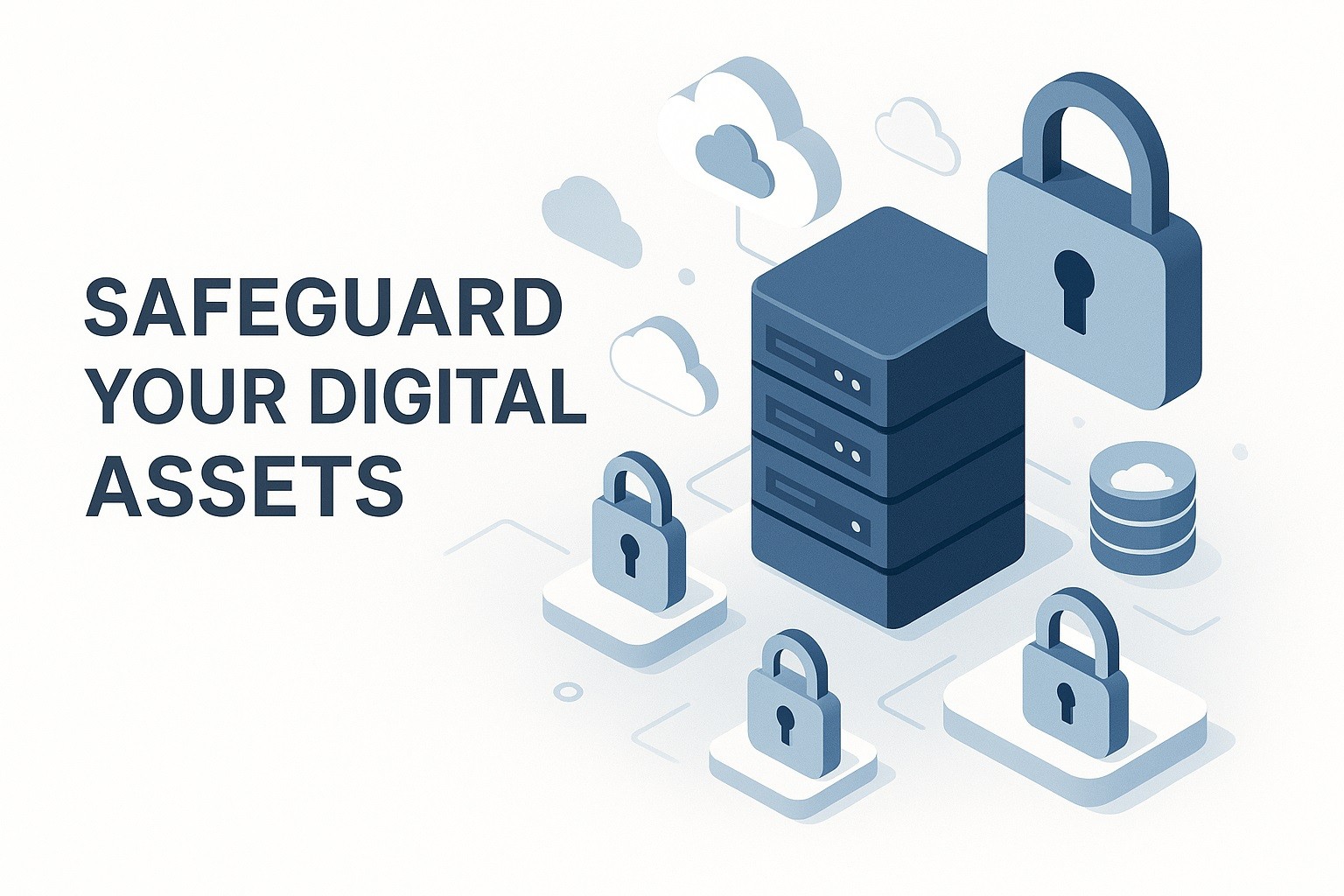
Leverage Advanced Technologies
Emerging threats require modern tools. Consider implementing:
- Zero-trust frameworks for granular access verification.
- AI-powered cybersecurity platforms that identify threats and automate response actions.
- Post-quantum encryption algorithms as safeguards against future computing advances.
By investing in these technologies, organizations and individuals can future-proof their digital security efforts.
Comparison of Methods to Safeguard Your Digital Assets
| Method | Cost | Complexity | Effectiveness | User Skill Required | Best Use Case |
|---|---|---|---|---|---|
| Risk Assessment & Asset Mapping | Low | Medium | High | Moderate | Identifying and prioritizing what needs protection |
| Cyber Hygiene (MFA, Passwords) | Low | Low | High | Basic | Everyday personal and professional security |
| Zero-Trust & Access Controls | Medium | High | Very High | Advanced | Securing business environments and cloud platforms |
| Crypto Wallet Security | Medium | Medium | Very High | Moderate to High | Protecting cryptocurrencies from hacks and theft |
| Encryption & Tokenization | Medium | High | Very High | High | Securing sensitive data at rest and in transit |
| Regular Data Backups | Low–Medium | Low–Medium | High | Basic–Moderate | Preventing loss from ransomware or hardware failure |
| Threat Monitoring & Incident Response | Medium | Medium–High | High | Moderate | Detecting and reacting to breaches in real time |
| Cloud/SaaS Security | Medium | Medium–High | High | Moderate | Protecting cloud-stored data and business tools |
| Security Awareness Training | Low | Low | Medium–High | Basic | Reducing risks from phishing and human error |
| Compliance & Legal Planning | Medium | Medium | Medium–High | Moderate | Ensuring legal and operational continuity |
| Advanced Tech (AI, Zero Trust, Quantum-Ready) | High | High | Very High | Advanced | Large-scale enterprises and future-proof systems |
Final Thoughts: Build a Fortress Around Your Digital World
Safeguard your digital assets in 2025 requires more than antivirus software—it demands a layered, proactive approach.
By understanding what you own, securing it with best practices, and responding rapidly to anomalies, you can reduce risk and build digital resilience.
Whether you’re an individual or a business, protecting your digital environment is a non-negotiable responsibility.




